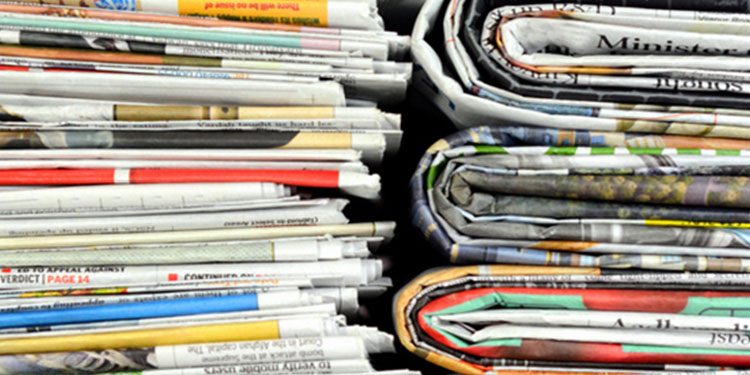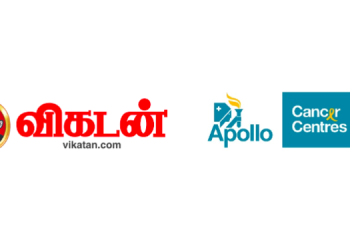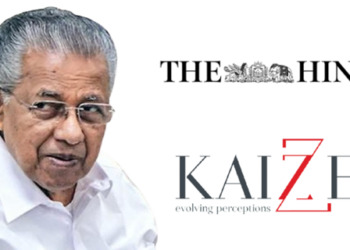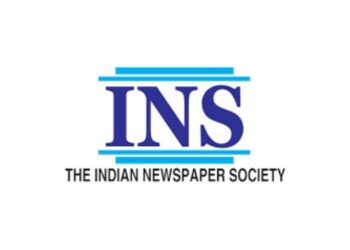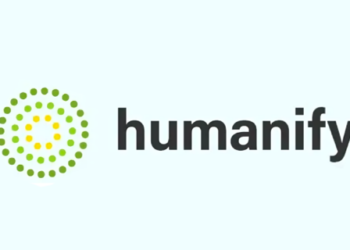India print media’s readership remains steady amidst a significant increase in digital data consumption over the last three years post the emergence of Reliance Jio Infocomm Ltd. According to the Indian Readership Survey (IRS) 2Q19, the consumption of online news increased to 15.1% during 2Q19 from 13.8% during 1Q19 and 9.0% during 2017. Despite this digital onslaught, the total print media readership (read in last one month) stood steady at 39% across this survey period (IRS 2014: 31%). The readership was aided by increasing literacy rate coupled with the widening geographical reach of print media players. Among print media players, Hindi and regional players have been the biggest beneficiaries of the readership growth.
As per Registrar of Newspapers for India, over FY09-FY18, the circulation of Hindi and regional language copies grew at a compound annual growth rate (CAGR) of 6% and 7%, respectively, as compared with the 2% growth in English language papers.
In terms of revenue, among the top 10 circulated dailies in the country during July-December 2018 (Audit Bureau of Circulation), the key Hindi print media players comprising DB Corp Limited, Jagran Prakashan Limited and Hindustan Media Ventures Limited witnessed an average CAGR of 5% in their revenue over FY14-FY19, while the listed English print media player – HT Media Limited – witnessed a decline.
The Indian print media sector, contrary to global phenomena, is likely to witness modest growth in the medium term. The Indian digital media is growing at a strong pace which undoubtedly poses a big challenge to the print media. However, this threat is partially offset by the higher credibility attached to and the perceptible connection of the reader with the printed copy of a newspaper. Hindi and other regional print players, which find their significant reader base in semi-urban and rural regions, are likely to sustain the growth while English print media player will remain susceptible to onslaught of data over the medium term. However, the circulation level of the Hindi and regional language copies remains susceptible to any price increase as readers in the semi-urban and rural regions remain highly price sensitive.
The EBITDA margins of print media players that moderated in FY18 and FY19 due to a substantial increase in the imported newsprint prices would witness an improvement following a decline in the newsprint prices post November 2018. While current economic headwinds could impact the advertisement revenues of the players, accounting for around 70% of revenue, Ind-Ra believes a decline in the newsprint prices, coupled with a 25% increase in the government advertising rates by the Directorate of Advertising and Visual Publicity and cost optimisation strategy implemented by the players, would support EBITDA margins in FY20. The Union Budget of FY20 imposed a 10% import duty on newsprint. However, the operating performance of Hindi and other regional print media players is likely to remain largely unaffected in view of their lower reliance on the imported newsprint.
The credit profiles of large print media players draw strength from their strong balance sheets with surplus cash and equivalents. Ind-Ra rated print media companies – Rajasthan Patrika Private Limited (‘IND A+’/Stable) and Amar Ujala Limited (‘IND A+’/Stable) – are among the top five circulated Hindi dailies in India. Their credit profiles are likely to remain comfortable on the back of an improvement in profitability.

